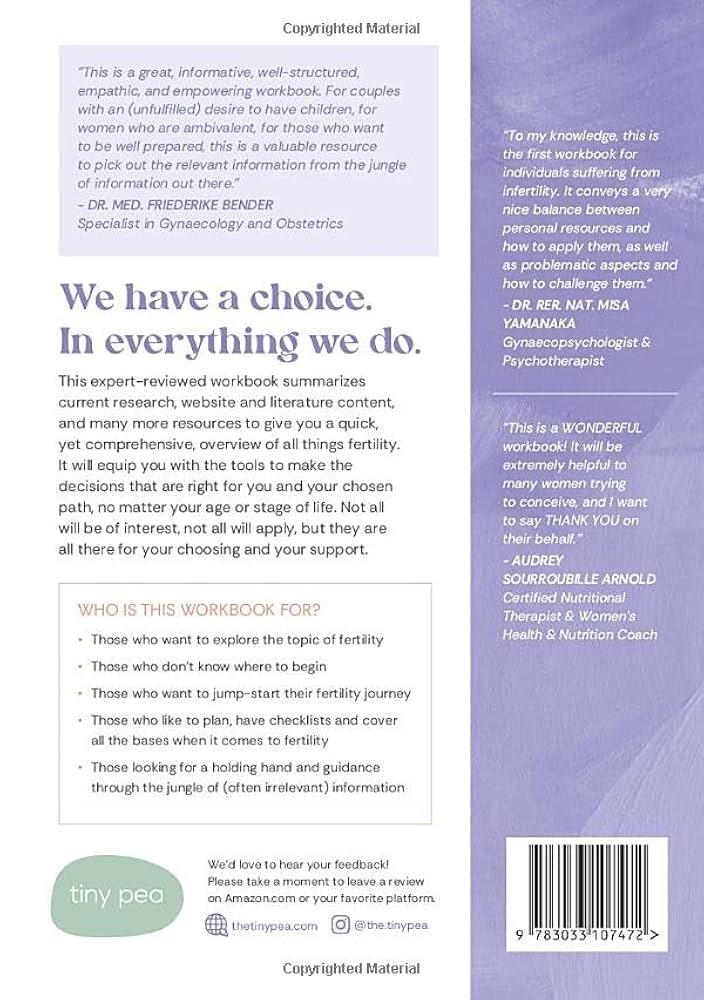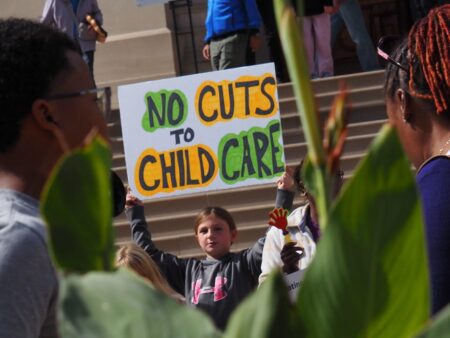Escalating Tensions in the Horn of Africa: Assessing the Risk of Renewed Conflict Between Ethiopia, Tigray, and Eritrea
The Horn of Africa has witnessed a sharp rise in tensions recently, sparking fears about a potential return to armed conflict involving Ethiopia, its Tigray region, and neighboring Eritrea. Longstanding political disputes intertwined with unresolved historical grievances threaten to destabilize the fragile peace painstakingly established after years of warfare. The accumulation of military forces coupled with provocative rhetoric from all sides signals an increased likelihood of violence in a region already burdened by severe humanitarian crises.
This analysis explores the intricate web of alliances and rivalries currently influencing this volatile area. It evaluates whether these developments are steering the region toward inevitable confrontation or if diplomatic efforts can still prevent further bloodshed.
Expansion of Ethiopian Military Presence: Implications for Regional Stability
Ethiopia has significantly bolstered its military deployments lately, particularly within Oromia and Tigray-areas that had experienced relative calm following previous ceasefire accords. This surge in troop presence has alarmed observers who interpret it either as Addis Ababa’s attempt to reassert control over dissenting populations or as precautionary positioning against perceived threats from Eritrean forces.
Security analysts caution that such militarization risks undermining fragile diplomatic progress made since hostilities waned. The Ethiopian government’s emphasis on enhancing defense capabilities coincides with increasingly antagonistic statements emanating from both Addis Ababa and Asmara (Eritrea’s capital), intensifying concerns about an arms race along contested borders.
| Actor | Current Military Developments | Main Security Concerns |
|---|---|---|
| Ethiopia | Marked increase in troops deployed across strategic zones | Civil unrest; border tensions with Eritrea |
| Tigray Region | Ongoing restructuring and mobilization of armed groups | Civil resistance; risk of intensified government crackdowns |
| Eritrea | Heightened border patrols; reported troop movements near disputed areas | Potential preemptive operations; territorial disputes involving Ethiopia/Tigrayan factions |
A briefing released by the International Crisis Group indicates approximately a 20% rise in Ethiopian federal troops stationed near contested territories since early 2024-a significant escalation compared to previous years.[1]
The Fragile Situation in Tigray: Key Drivers Increasing Conflict Risks
 
Tigray remains especially vulnerable amid mounting pressures due to several interconnected challenges eroding its stability:
 
-
 
- Deteriorated Governance Structures: Prolonged humanitarian emergencies have severely weakened local administrative capacities, leaving communities exposed to external coercion or influence.
- Crisis-Level Shortages: Ongoing blockades restrict access not only to food and medical supplies but also vital fuel necessary for civilian life and defense activities.
- < strong >Diplomatic Isolation : Limited engagement with international mediators reduces opportunities for peaceful negotiations or external support mechanisms .
  
  The convergence of these factors may push regional leaders toward drastic measures if they perceive existential threats-raising alarms about renewed clashes within their territory that could spill over into neighboring countries.
Eritrea’s Role: Catalyst for Conflict or Agent for Peace?
Eritrea holds significant sway amid escalating discord between Ethiopia and Tigray. Deep-rooted hostilities combined with unresolved border disagreements continue fueling mistrust between Asmara and Addis Ababa. Intelligence sources report increased Eritrean military activity along disputed frontlines alongside assertive public condemnations targeting provocations attributed both to Ethiopian federal forces and Tigrayan militias.
This confrontational posture risks pulling Eritrea directly into future conflicts-potentially transforming localized skirmishes into broader regional instability affecting multiple East African nations.
Given these stakes, urgent diplomatic interventions are critical. Recommended strategies include:
- Mediated Dialogue Initiatives:African Union envoys should intensify efforts facilitating transparent communication among all stakeholders;
- < b >Strengthened Peacekeeping Missions : Enhanced AU-led operations can effectively monitor ceasefires while building trust between adversaries;
- < b >Targeted Sanctions : Carefully designed economic penalties aimed at deterring aggressive actions without worsening civilian hardships may encourage negotiation;
< /ul >Navigating Uncertainty: Strategies Toward Lasting Stability Amid Rising Threats
The current environment represents a precarious balance where missteps could rapidly escalate into widespread violence destabilizing not only Ethiopia but also broader Horn-of-Africa geopolitics.
International actors must prioritize coordinated approaches emphasizing diplomacy supported by credible deterrence.
The coming months will be decisive-either marking renewed conflict or breakthroughs paving paths toward sustainable peace.For millions caught amidst this turmoil-from displaced families trapped inside conflict zones to refugees seeking safety abroad-the hope remains firmly anchored on dialogue triumphing over discord.[2]
 
 







